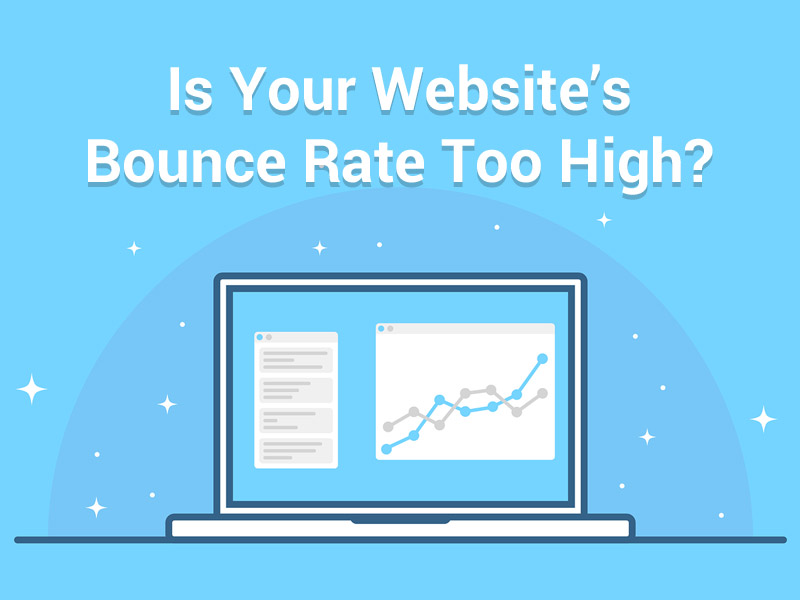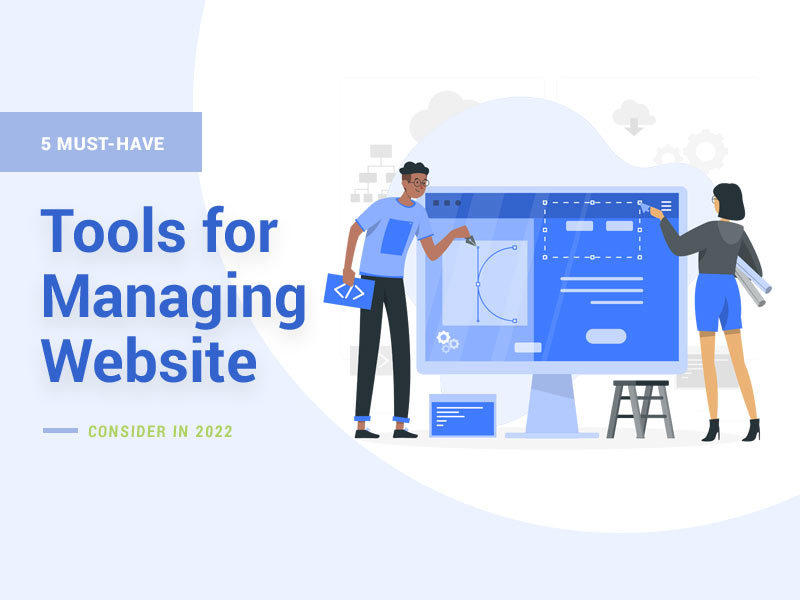Launching a website of any kind is a significant milestone for both businesses and individuals, marking the culmination of hours of hard work, creativity, and planning. However, the journey doesn’t end once the website is live. In fact, the real work begins after the launch. Here are essential steps to take once your website is ready to ensure its success and make a lasting impact on your audience.
Cybersecurity
In today’s digital age, looking into cybersecurity is not just a prudent decision; it’s an absolute necessity for all websites. With the frequency and sophistication of cyber threats, you must prioritize your online security. Cybersecurity involves implementing measures to protect your website from unauthorized access, attacks, or damage. This includes utilizing robust antivirus software, setting up firewalls, encrypting sensitive information, and regularly updating software to patch vulnerabilities.
You’ll find resources like this cyber security planning guide extremely helpful when it comes to training yourself on what you need to be doing to protect your website and business. By investing in cybersecurity, organizations and individuals can safeguard their websites, maintain customer trust, and ensure a safer online environment for everyone.
Test Extensively
Before the official launch, thoroughly test your website across various devices, browsers, and operating systems. Check for responsive design, functionality, broken links, and overall user experience in a rigorous fashion to identify and fix any issues promptly.
Content Quality Assurance
Ensure all content on your website is accurate, well-written, and free of grammatical errors, as this will help engage your audience. It would help if you updated your content regularly to keep it fresh and relevant over the years. Clear and concise language enhances the user experience and fosters trust with your visitors.
Security Measures
Prioritize the security of your website and its visitors. Install an SSL certificate indicating a secure connection with “https://” in the URL. Regularly update your website’s software, plugins, and themes to patch security vulnerabilities. Implement strong password policies and consider a web application firewall to protect against malicious attacks.
Analytics and Monitoring
Integrate web analytics tools like Google Analytics to track visitor behavior, traffic sources, and popular content. Analyzing these data points provides valuable insights into user preferences and helps you refine your content and marketing strategies. Set up monitoring tools to receive alerts for website downtime or other issues, allowing you to address any problems promptly and minimize disruptions.
Mobile Optimization
With the increasing use of smartphones and tablets, mobile optimization is non-negotiable. Ensure your website is as responsive as it possibly can be and provides an excellent user experience on various mobile devices. Test the website’s functionality and design on different screen sizes to guarantee seamless navigation. Mobile-friendly websites enhance user satisfaction and improve search engine rankings, as Google prioritizes mobile-friendly sites in search results.
Feedback Collection
Encourage users to provide feedback on their experience with your website. Implement user surveys, comment sections, or contact forms to gather opinions and suggestions. Pay attention to constructive criticism and use it to make necessary improvements. Feedback from users is invaluable for identifying areas of improvement and enhancing the overall user experience.
Launch Promotion
Promote your website’s launch through various channels, including social media, email newsletters, press releases, and collaborations with influencers or bloggers. Create anticipation and excitement around your launch by sharing sneak peeks, behind-the-scenes content, or exclusive offers. Engage with your audience and encourage them to explore and share your website with their networks.
Continuous Improvement
A website is not a static entity; it’s a dynamic platform that requires continuous improvement. Review your website’s performance metrics, user feedback, and market trends regularly. If you can remain updated with industry developments and emerging technologies, this can help. Experiment with new features, designs, and content strategies to enhance user engagement and satisfaction. Embrace a mindset of continuous improvement to ensure your website remains relevant and competitive in the ever-changing digital landscape.
Legal Compliance
Ensure your website complies with legal requirements, including privacy policies, terms of use, and cookie consent notices. Clearly outline how you collect, store, and utilize data for your customers. Compliance with legal standards builds trust with users and mitigates legal risks.
Conclusion
Launching a website is just the beginning of a continuous journey of improvement and engagement. By doing all of the above, you can ensure that your website captures attention at launch and maintains relevance and excellence in the long run. A well-maintained and user-friendly website is a powerful asset that can drive growth, enhance brand reputation, and create meaningful connections with your audience.







